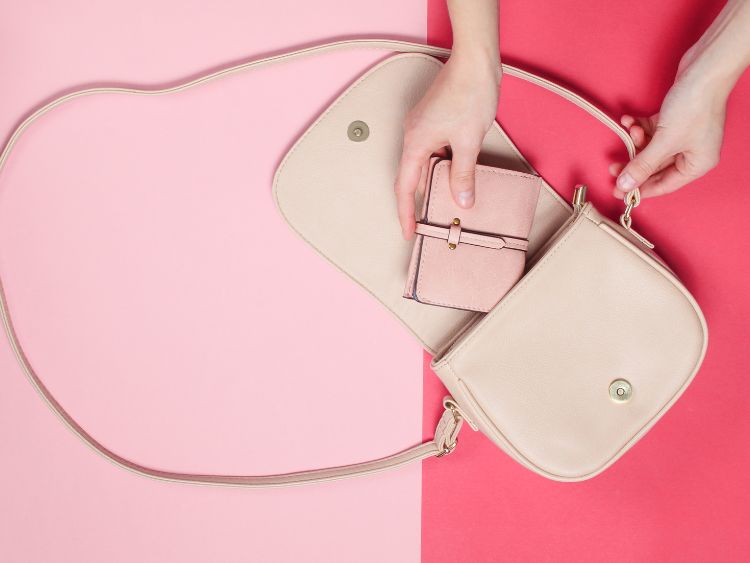Fast fashion is a term that has revolutionized the clothing industry, sparking a conversation about consumerism, environmental impact, and ethics. It’s everywhere—from the racks of high-street stores to the Instagram feeds of influencers. In this article, we’ll dive into the depths of what fast fashion is, its rise to dominance, and the effects it’s having on our world today.
What Is Fast Fashion?
At its core, fast fashion refers to the rapid production of inexpensive clothing collections that replicate the latest catwalk trends. These items are churned out quickly by retailers to meet consumer demand. The idea is simple: see it, want it, buy it, wear it. The cycle happens so fast that before you’ve worn your new outfit twice, there’s already a newer style waiting to replace it.
The fast fashion industry thrives on quick turnarounds and affordable prices. Brands like Zara, H&M, and Forever 21 are among the pioneers that have perfected this model. But have you ever stopped to think about the cost beyond the price tag?
The Rise of Fast Fashion
So, how did we get here? A couple of decades ago, fashion had clear seasons. Designers launched collections twice a year—spring/summer and fall/winter. However, as the pace of life picked up, so did our appetite for fashion. The birth of social media platforms like Instagram, coupled with the rise of influencers, accelerated the process. People wanted what was in style right now, and they wanted it cheap.
Retailers quickly adapted, reducing the time from design to shelf to as little as a week. Fast fashion brands began introducing “micro-seasons” throughout the year, so instead of two collections annually, some brands produce 52 “seasons” a year—essentially, a new collection every week. It’s mind-blowing, right?
The Allure of Fast Fashion
What makes fast fashion so attractive? It’s simple—price and availability. Let’s face it, who doesn’t love a bargain? Fast fashion allows consumers to stay on-trend without breaking the bank. Instead of spending hundreds of dollars on a single piece, people can buy multiple items at a fraction of the cost.
Another draw is the ability to experiment with different styles. Because the clothes are so cheap, buyers don’t feel guilty about trying out bold, trendy pieces they might not otherwise wear. If it doesn’t work out, no big deal—it didn’t cost much, and there’s always something new to replace it with.
The Dark Side of Fast Fashion
But here’s the thing: all that glitters isn’t gold. Behind the glossy storefronts and Instagram-worthy outfits lies a much darker reality. Fast fashion has significant environmental, social, and ethical consequences that are hard to ignore.
1. Environmental Impact
The fashion industry is one of the biggest polluters in the world, second only to the oil industry. Fast fashion’s emphasis on mass production leads to an enormous amount of waste. Many garments are made from synthetic fibers like polyester, which do not biodegrade and release harmful microplastics into the environment when washed.
Moreover, the production of clothing involves high levels of water consumption, dyeing processes that release toxic chemicals into water bodies, and transportation that leaves a hefty carbon footprint. According to the Ellen MacArthur Foundation, one truckload of textiles is landfilled or burned every second.
2. Ethical Concerns
It’s not just the environment taking a hit. The fast fashion industry is notorious for its exploitation of workers in developing countries. Garment workers, many of them women and children, often work long hours in unsafe conditions for extremely low wages. Remember the Rana Plaza collapse in 2013? Over 1,100 people died when a garment factory in Bangladesh collapsed, shining a light on the terrible working conditions in the fast fashion supply chain.
Why Fast Fashion Is Hard to Quit
Despite knowing all this, many consumers find it hard to quit fast fashion. It’s convenient, it’s cheap, and the lure of a constantly changing wardrobe is hard to resist. Social media plays a massive role in this, too. Influencers and celebrities are always seen wearing the latest trends, making followers feel like they need to keep up. But the truth is, chasing trends often leads to a never-ending cycle of overconsumption.
Alternatives to Fast Fashion
The good news? We don’t have to be slaves to fast fashion. There are plenty of alternatives that allow us to stay stylish while making more ethical and sustainable choices.
1. Sustainable Fashion
Sustainable fashion brands are committed to reducing their environmental impact. They use eco-friendly materials, implement fair labor practices, and often focus on producing timeless pieces that outlast fleeting trends. Patagonia and Reformation are great examples of companies leading the charge in sustainable fashion.
2. Secondhand and Thrift Shopping
Buying secondhand is one of the easiest ways to reduce your carbon footprint. Thrift stores, consignment shops, and online platforms like Depop or Poshmark offer unique, affordable pieces while giving clothes a second life. Plus, there’s something special about finding that one-of-a-kind vintage gem!
3. Capsule Wardrobe
The idea behind a capsule wardrobe is simple: less is more. By investing in a few high-quality, versatile pieces, you can create endless outfit combinations without constantly buying new clothes. It’s all about curating a wardrobe that reflects your personal style without the waste.
FAQs About Fast Fashion
What is fast fashion, exactly?
Fast fashion refers to the rapid production of cheap, trendy clothing that imitates high-end fashion. It’s designed to be sold quickly and discarded just as fast.
Why is fast fashion bad for the environment?
Fast fashion contributes to pollution, waste, and excessive water use. The production of synthetic fabrics and the disposal of clothing lead to environmental harm, while cheap materials contribute to short-lived garments that often end up in landfills.
How can I stop supporting fast fashion?
You can reduce your fast fashion consumption by shopping from sustainable brands, buying secondhand, or building a capsule wardrobe. Small changes in your shopping habits can make a big difference!
Are there any affordable alternatives to fast fashion?
Yes! Thrift stores, secondhand apps, and brands with sustainable practices often offer affordable yet stylish alternatives to fast fashion.
Conclusion
Fast fashion may seem like a dream come true for the budget-conscious fashion lover, but it comes with significant costs—both to the environment and to the people who make our clothes. By becoming more mindful of our shopping habits and seeking out alternatives, we can still enjoy fashion without sacrificing our planet or ethics.





